Why oak-framed buildings are enjoying a renaissance
Tim Crump, one of the UK’s leading authorities on timber-framed buildings explains why oak is enjoying a revival.
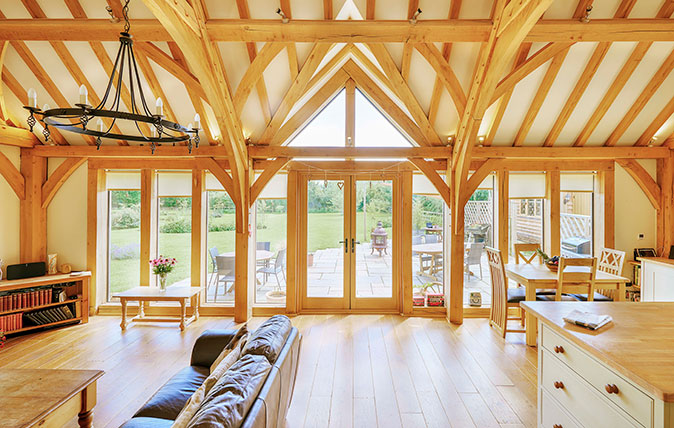
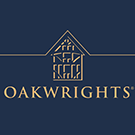
Before he established Oakwrights in Herefordshire in 1999, Tim Crump gained a deep knowledge of the construction of timber framed buildings while working on the restoration of period structures.
Today, Oakwrights has a reputation as a leading specialist in the field, crafting and constructing houses, garden barns and stables as well as a growing number of commercial buildings that are reviving interest in this increasingly popular style of architecture. He talked timber frames with Country Life’s Giles Kime.
What are the historic roots of timber framed buildings?
In the Middles Ages – and even earlier - buildings were constructed from whichever materials were available locally – for instance in forested areas such as Sussex, Kent and Herefordshire, oak trees provided the perfect resource for making houses, mills and barns. In areas such as the Cotswolds and Derbyshire, where there were few oak forests but plenty of stone, that was used instead.
What is the advantage of an oak-framed building?
Oak framed buildings can be used to create both traditional houses and contemporary buildings with plenty of light and height that lend themselves to open plan layouts. Generally, the appearance of buildings made with traditional materials improves with age – something that isn’t always the case with other construction methods, particularly buildings constructed in the post war period.
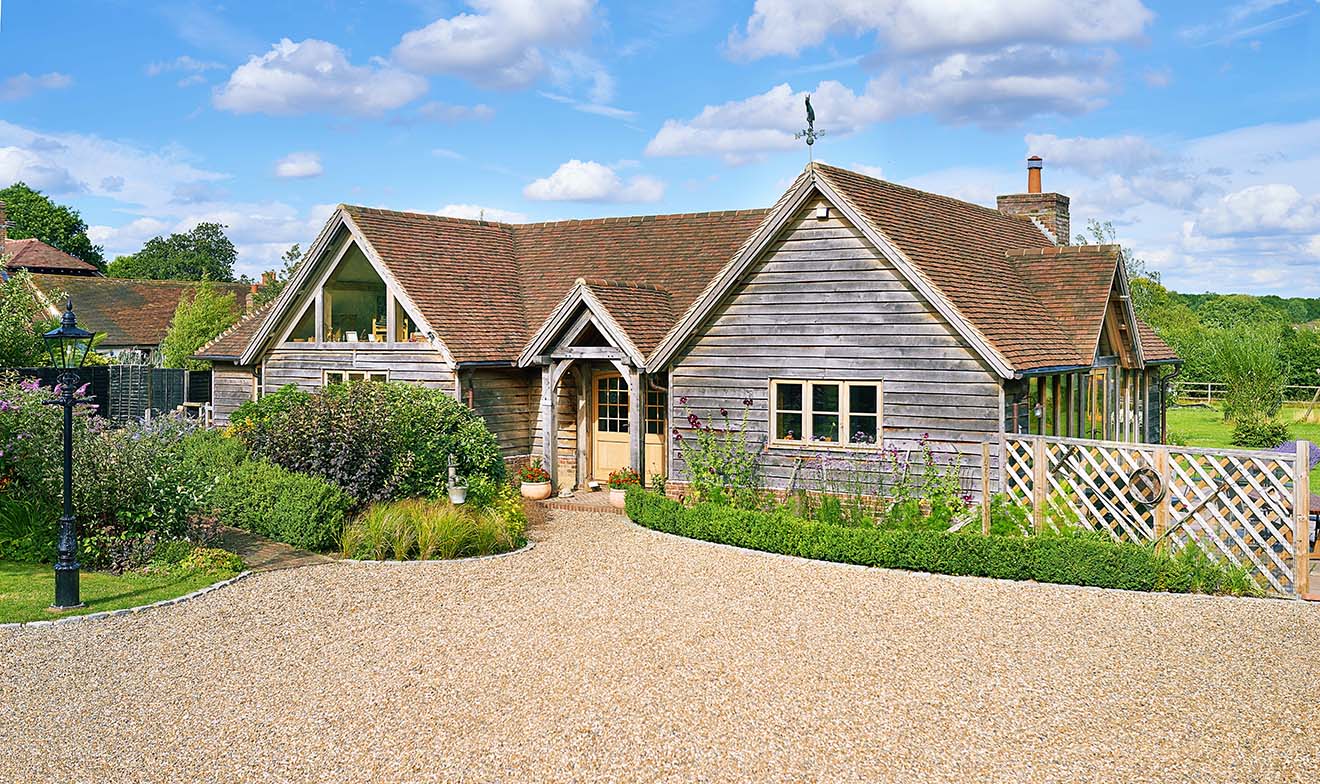
Modern construction materials tend to never look better than that day they are installed, whereas traditional materials gracefully age to perfection. Added to that, timber framed buildings have always been faster to construct.
They can also be relocated; the Oakwrights team includes many people with a background in building conservation who have seen many buildings, often barns joined together – to form new buildings. Timber framed buildings also perform well in earthquakes and hurricanes!
Where is the best oak sourced?
For construction, recently felled ‘green oak’ from plantations in France is the best for oak timber framed buildings. English oak is either knotty, with character grain better suited to furniture and floors. French Oak (and they have a lot of it!) is consistent in its quality and predicable for the purposes of structural engineering.
Sign up for the Country Life Newsletter
Exquisite houses, the beauty of Nature, and how to get the most from your life, straight to your inbox.
Is oak framed construction well-suited to period-style buildings?
It is ideal for both traditional and modern; oak adds colour, warmth and patina to both traditional and contemporary buildings. Oak often tends to naturalise structures that can otherwise be a little ‘stark’.
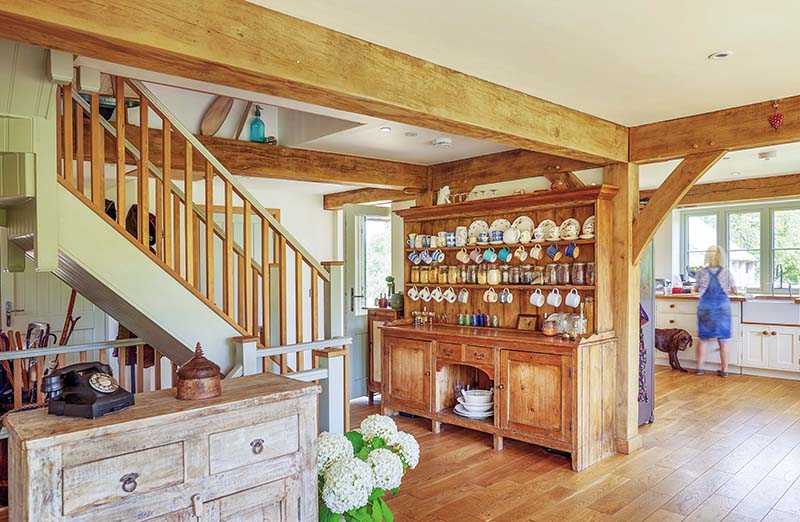
Other than houses, what other structures is oak framing suited to?
We create a wide range of buildings; as well as houses and extensions, we also build party barns, ancillary accommodation, as well as commercial building such as shops, cooking schools, wedding barns, chapels and restaurants.
Find out more at www.oakwrights.co.uk
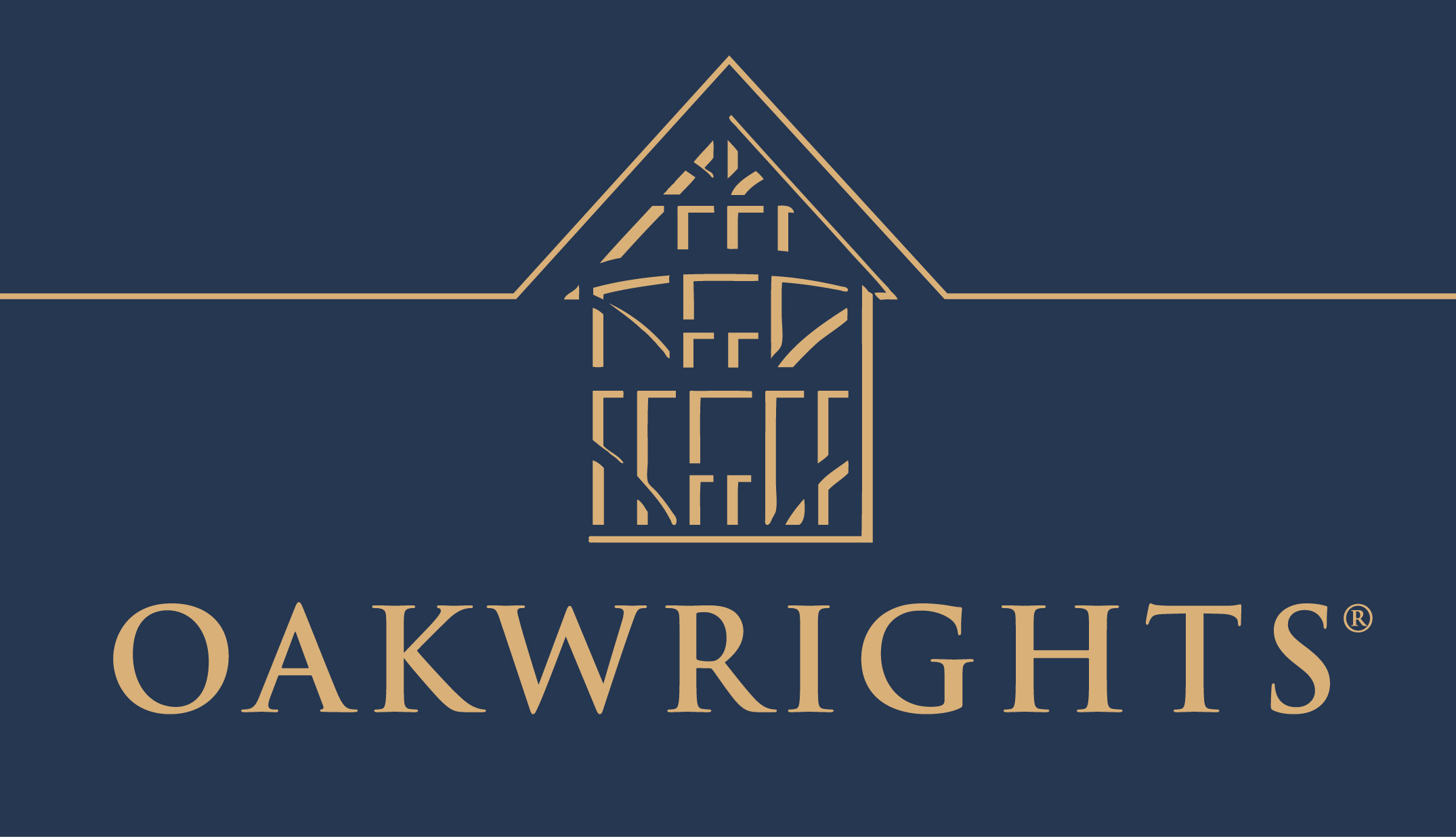
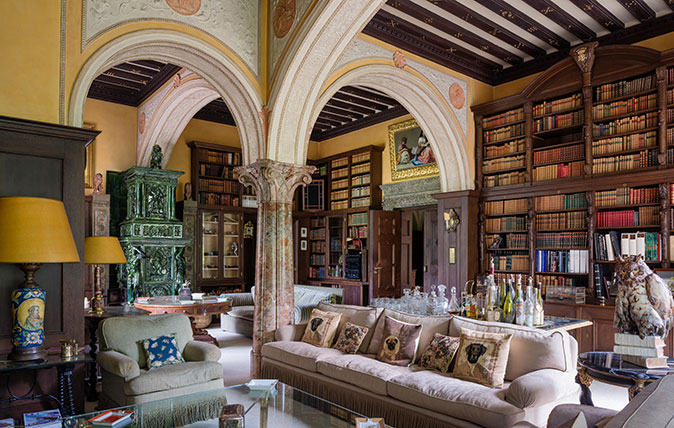
Credit: alamy
10 ways interior design will change in 2018: The death of minimalism and an end to trend-chasing
Our interiors editor Giles Kime gazed into his crystal ball to make these bold predictions for what might happen in

Country Life Top 10: Fireplaces – The best hearths and chimneypieces you can buy
Giles Kime casts his eye over the finest fireplaces in the land.
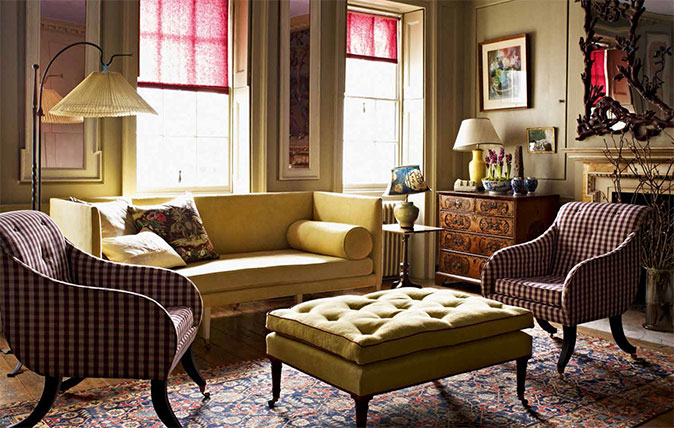
Blending antiques, colours and design to create a beautiful room
Giles Kime takes a look at the work of Max Rollitt, focusing on this beautiful room in an 18th century
-
 Six rural properties with space, charm and endless views, as seen in Country Life
Six rural properties with space, charm and endless views, as seen in Country LifeWe take a look at some of the best houses to come to the market via Country Life in the past week.
By Toby Keel
-
 Exploring the countryside is essential for our wellbeing, but Right to Roam is going backwards
Exploring the countryside is essential for our wellbeing, but Right to Roam is going backwardsCampaigners in England often point to Scotland as an example of how brilliantly Right to Roam works, but it's not all it's cracked up to be, says Patrick Galbraith.
By Patrick Galbraith